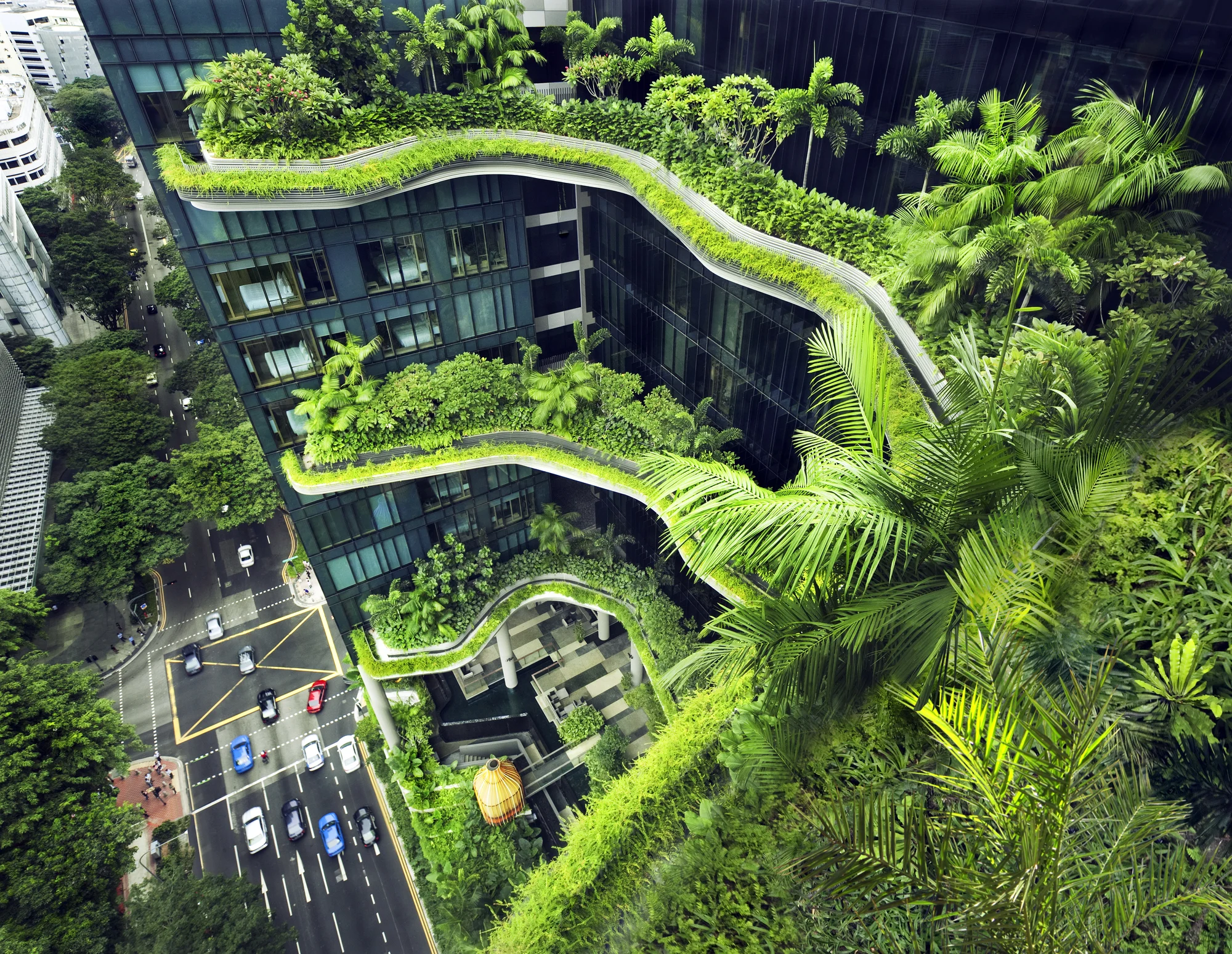Urban greening is the integration of green spaces and sustainable landscaping practices within urban environments, which holds immense potential to enhance the quality of urban life.
However, as cities grapple with the challenges of rapid urbanization, various obstacles can impede the successful implementation and maintenance of green initiatives.
This discussion explores key challenges faced in urban greening efforts and proposes innovative solutions to overcome these hurdles.
From limited space and soil contamination to water scarcity and budget constraints, addressing these challenges requires a multifaceted approach involving community engagement, strategic planning, and implementing sustainable practices.
By navigating these obstacles, urban greening can become a powerful force for creating resilient, healthy, and sustainable cities, which help in carbon credit monetization.
Urban Greening Challenges and Solutions
So, which are some of the challenges and solutions associated with urban greening
1. Limited Space
- Challenge: Urban areas often have limited space, which makes it challenging to incorporate green spaces and trees.
- Solution: Implement vertical greening, such as green walls and rooftop gardens, to maximize space utilization. Encourage the development of pocket parks and green corridors.
2. Soil Quality and Contamination
- Challenge: Urban soils may be contaminated, affecting plant growth and health.
- Solution: Use raised beds or containers with imported soil to implement soil remediation techniques. Conduct soil testing and cleanup efforts in contaminated areas.
3. Water Scarcity
- Challenge: Urban areas may face water scarcity, impacting water availability for green spaces.
- Solution: Implement water-efficient irrigation systems, rainwater harvesting, and drought-tolerant plant species. Educate the community on water conservation practices.
4. Air and Noise Pollution
- Challenge: High levels of air and noise pollution can negatively impact plant health and the overall effectiveness of green spaces.
- Solution: Choose pollution-tolerant plant species. Implement air quality improvement measures and noise reduction strategies with urban greening initiatives
5. Community Engagement
- Challenge: Lack of community engagement can hinder the success and maintenance of urban greening projects.
- Solution: Foster community involvement through participatory planning, educational programs, and community gardening initiatives. Create a sense of ownership and pride in local green spaces.
6. Budget Constraints
- Challenge: Limited budgets may restrict the implementation and maintenance of urban greening projects.
- Solution: Seek public-private partnerships, secure grants, and allocate funds strategically. Prioritize low-cost, high-impact initiatives and leverage community volunteer efforts
7. Climate Change Impact
- Challenge: Changing climate patterns may affect the suitability of certain plant species and the overall resilience of urban green spaces.
- Solution: Conduct climate-resilient urban planning, choose adaptive plant species, and incorporate climate-responsive design elements. Continuously monitor and adjust green spaces to changing conditions
8. Biodiversity Loss
- Challenge: Urbanization can lead to habitat loss and a decline in biodiversity within green spaces.
- Solution: Implement biodiversity-friendly landscaping, preserve existing green habitats, and create wildlife corridors. Educate the community on the importance of biodiversity.
9. Maintenance and Neglect
- Challenge: Green spaces may face neglect and inadequate maintenance, leading to their deterioration.
- Solution: Develop comprehensive maintenance plans, involve local communities in upkeep, and ensure proper training for maintenance staff. Implement regular inspections to address issues promptly.
10. Policy and Regulatory Barriers
- Challenge: Inconsistent or restrictive policies may impede the implementation of urban greening projects.
- Solution: Advocate for supportive policies, zoning regulations, and incentives for green infrastructure. Collaborate with policymakers to create a conducive regulatory environment for urban greening.
Addressing these challenges requires a holistic approach involving collaboration among local communities, government authorities, environmental organizations, and businesses. By combining innovative solutions, sustainable practices, and community engagement, urban greening can overcome obstacles and create healthier and more resilient urban environments.




